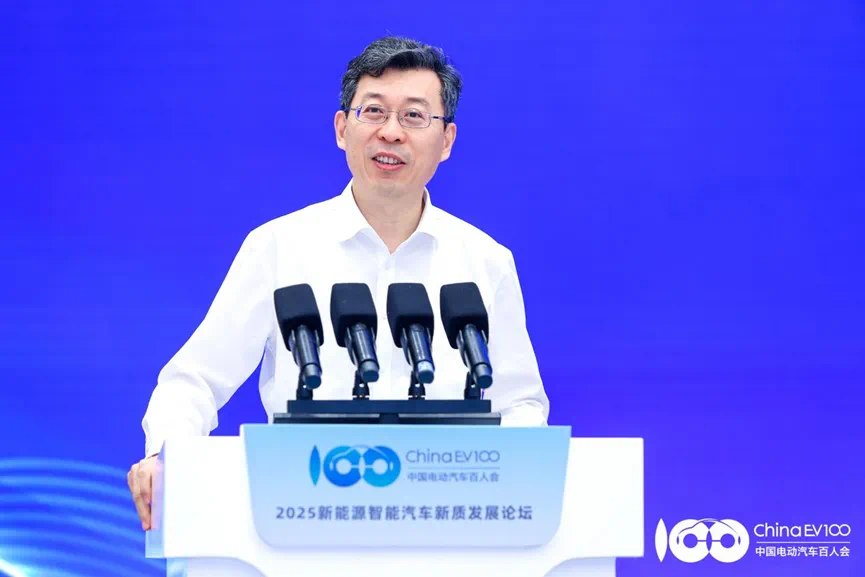At the 2025 New Energy Intelligent Vehicle Development Forum held in Changchun, Zhang Yongwei, Vice Chairman and Secretary-General of the China Electric Vehicle Hundred Association, announced a key statistic: the penetration rate of L2-level assisted driving technology in new vehicles in China has surpassed 50%, ranking first in the world. This means that for every two new cars sold in the country, at least one is equipped with this technology. In addition to L2-level assistance, the penetration rate of emerging technologies such as parking assistance in mid-to-high-end models has also exceeded 20%. Zhang pointed out that the Chinese automotive industry has achieved a 'lane change overtaking' in the field of electrification and now holds a leading advantage in the application of intelligent terminal technologies. He emphasized that the core competitiveness of the automotive industry is shifting from traditional mechanical hardware to intelligence and AI foundations, with cross-industry integration becoming the main driving force for ecological reconstruction.
Zhang proposed a two-phase goal for the development of smart vehicles in China: from 2025 to 2030, accelerate the popularization of assisted driving technology, expand the user base, and cultivate a smart driving culture; and by 2030 and in the following two to three years, promote L3 and L4 autonomous driving from pilot phases to large-scale applications. He specifically warned that enterprises must grasp the development rhythm, as those who first achieve the application of L3 and above technologies will gain decisive advantages.
Regarding technological development bottlenecks, Professor Wang Jianqiang from Tsinghua University pointed out that mainstream autonomous driving routes face challenges in upgrading to L4/L5, with data-driven methods posing risks such as 'black box' decision-making. He emphasized that 'smart cars must be safe cars', which requires achieving safety leaps through 'brain-like cognitive architectures'. Zhou Shiying, Vice President of the R&D Institute of FAW, presented the commercialization perspective, stating that L4 and below still belong to assisted driving, and automakers need to find a balance between ensuring safety and controlling costs. The complexities of going global with intelligent technology are greater than with electrification, with issues such as cybersecurity and data compliance needing urgent resolution.
Although Chinese technology is influencing the world through reverse output, it is currently in a critical window for intelligent technology to go global, and addressing these challenges effectively is essential to enhancing international competitiveness. Industry experts unanimously agree that with technology companies like Huawei and Momenta forming deep collaborative partnerships with automakers, the Chinese automotive industry has entered a critical phase of multi-technology transformation and multi-industry integration. Only by overcoming technological safety challenges and seizing the development window can it solidify its leading position in intelligence and achieve the leap from 'Chinese products' to 'globally trusted brands'.
China's L2 Autonomous Driving Technology Penetration Exceeds 50%

Share this post on: